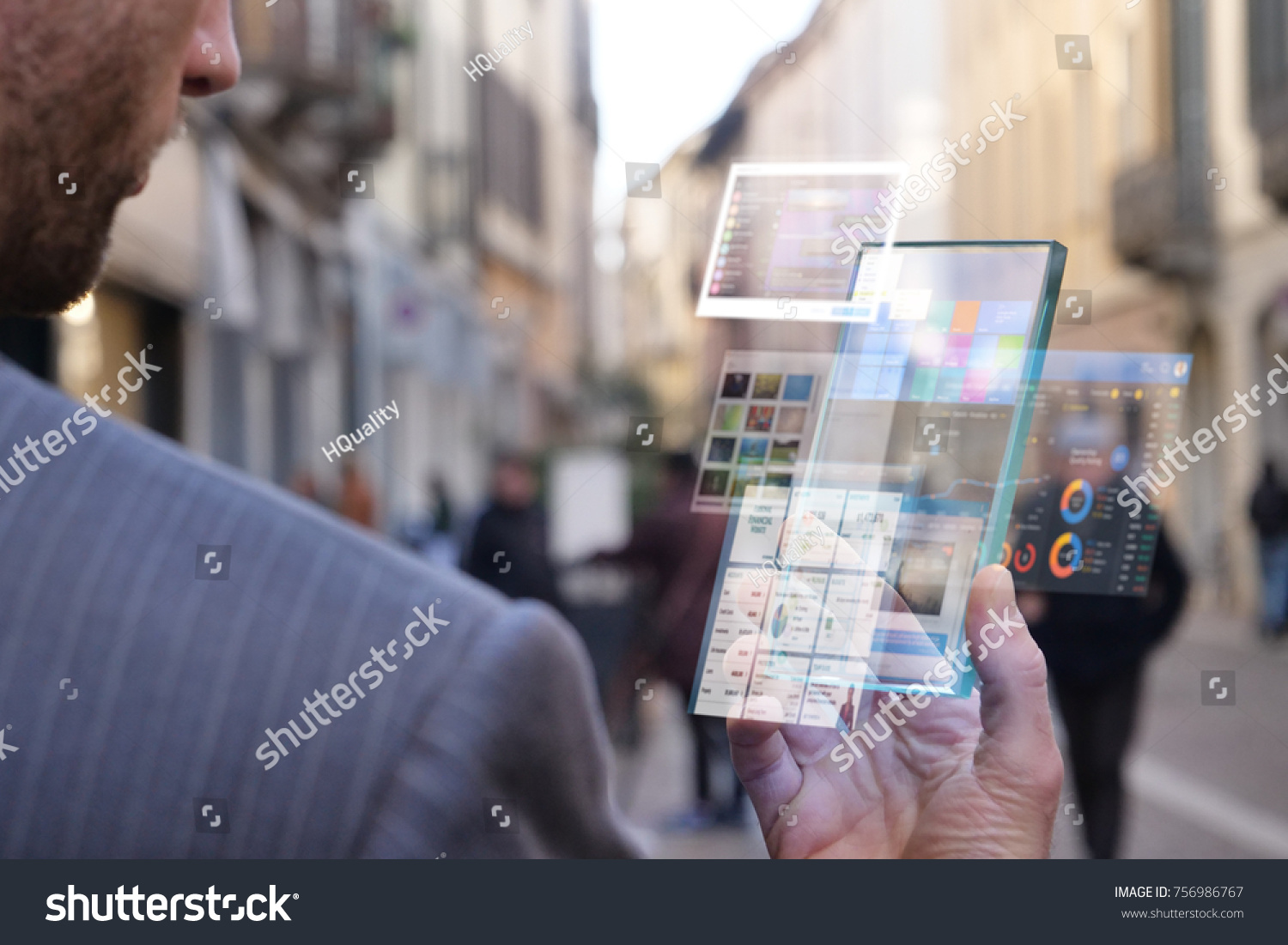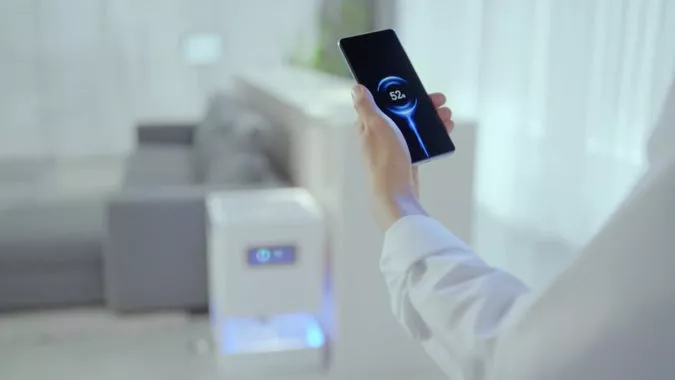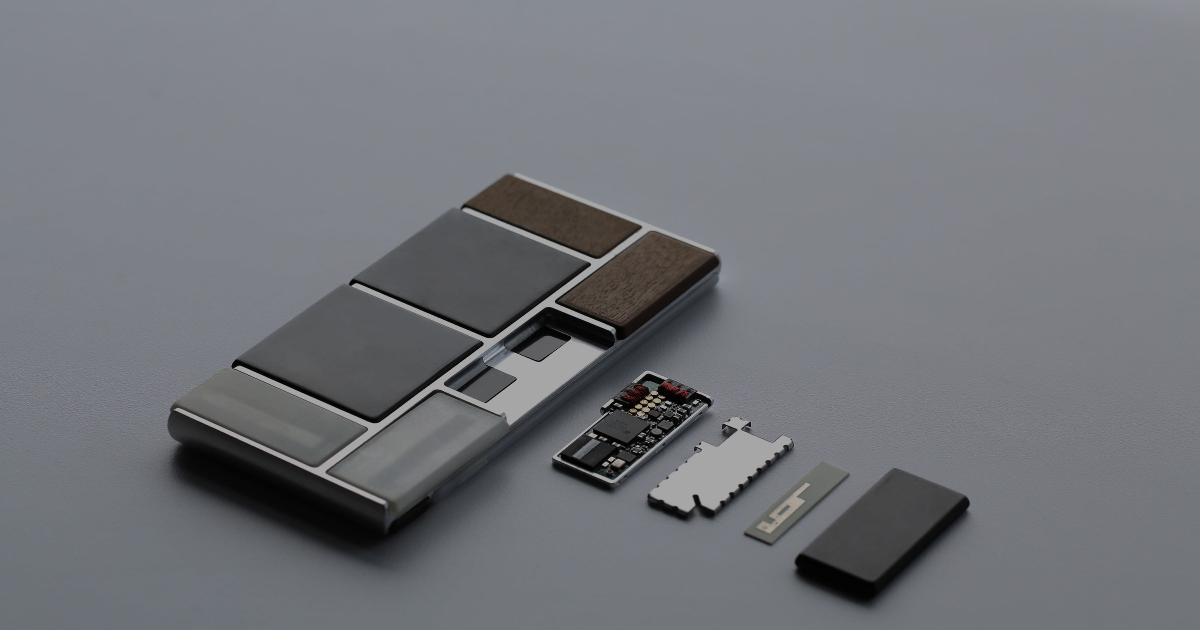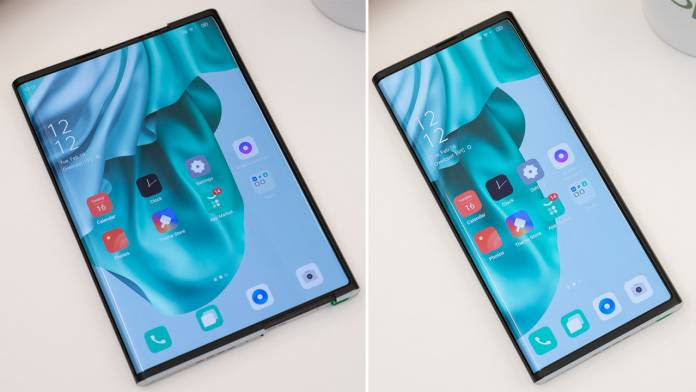4 Awesome Things Your Smartphone Might Look Like or Do by 2030

Smartphones already do so much so well that they have made and will continue to make many things obsolete.
With the already extensive list of functions/features phones have now, it's hard, but not impossible, to predict what's next. Will there be some massive breakthrough that redefines our rectangular slabs? or will the story continue as it's always been? Which is building upon yearly improvements. The only sure thing is that we’ll arrive at something much better than what we have today. Though no one can accurately predict what smartphones will become in the next five to ten years, we can sure as hell take guesses. So here are some popular takes on the shapes and features our future devices could have.
Over-the-air-charging

What exactly is Over-the-air-charging? Well, it's a technology that's been in development for a good number of years now. And as the name sounds, it allows users to charge their smart devices wirelessly over the air without it needing to be on any specific surface. As long as the device is in the range of the charging station, it will start charging.
This technology can make it so that as soon as you step into your home or a particular spot in your home, your device would charge without you having to think too much about it or do anything.
Right now, lots of charging bricks and USB cables are being made to charge our smart devices. If done right, Over-the-air-charging can drastically reduce the need for so many of them to be made. Thereby helping to better the environment.
Over-the-air charging seems like the next logical step in the evolution of wireless charging, but it still has a lot of drawbacks like speed, inefficiency, and heat that need fixing before it’s consumer-ready. And obviously, taking care of those problems will take quite some time. But when a company finally develops a good consumer-ready air charging solution, it could revolutionize the way we look at our phones, chargers, and battery capacity.
We’ve already seen big companies like Xiaomi showcase their work so far on Over-the-air charging and we’ve even seen some smaller companies release commercially available over-the-air charging stations, but most, if not all, have failed because of issues like slow charging speed. But with big companies like Xiaomi actively working on this, we could see a consumer-ready over-the-air charging solution in a few years.
Modular phones

The idea of modular phones is one where users can remove and replace different parts of their smartphone like the camera module, CPU, battery, etc by themselves from the comfort of their homes. All users have to do is purchase a different module.
So, when new/upgraded phone modules are released, consumers would be able to just swap out the old ones for the new ones. Same story with repairs.
Big companies like Motorola, LG, and even Google have given modular phones a go with Google’s try being more popular. And even nearly producing consumer-ready devices with Project Ara. Well, LG did release a modular phone in 2016, the LG G5, but the only modular part of the handset was the bottom. So, it was a far cry from the true modular phone the tech world had dreamed of.
Two of the main reasons for the failure of this technology were: firstly, the lack of advanced enough technology to build a modular phone properly. Secondly, it’s just bad for business. Why? Well, modular phones mean easily upgradeable/replaceable parts. So, companies like Apple, Samsung, etc would rather charge consumers $1000+ for new cell phones every year than make and support modular phones that would reduce people’s need to buy new devices.
Rollable Phones

Rollable phones deliver on the concept of phones being able to expand their screen size from that of normal phones to the size of a mini-tablet. Like what foldables do, just instead of users having to fold and unfold to change their phone’s screen size, all they have to do is press a button, and their rectangular slabs would expand its screen.
Right now, one of the major problems with foldable phones is their thickness and weight. In a world of sleek-looking and lighter phones, foldables like the Z Fold series just don’t fit in. With rollable phones, that issue is non-existent.
As with every next-gen tech, there are bound to be some issues that need solving before release, and the same is true with rollable phones. Though there is no commercially available rollable phone at the moment of writing this article. Experts speculate that rollable phones would have to sacrifice a lot of internals for the rollable action to be possible. So this might lead to huge problems like bad battery life and no water resistance.
As I’ve said before, at the moment of writing this article, there is no commercially available rollable phone. But in 2021, Oppo showed off its fully functional rollable device, the Oppo x 2021. And some reviewers were even able to get their hands on it. So we can be sure that a rollable phone is not too far into our future.
Smart Glasses

Since in this article we are looking into the future of what will become of our pocket’s best friend, it’s not unreasonable to say that in a few years our smartphones might be totally sidelined or we won’t need them as much as we do now because they would have been replaced by another device. Well, right now, the device that looks closest to being able to do this is smart glasses.
The idea of Smart Glasses revolves around bringing the smart features that make our phones so handy right into the frames and lenses of eyeglasses. And adding lots of AR-based features. If done right, smart glasses could be the next big thing since smartphones.
Over the years and even to this date, many companies like Focal, Vizux, etc, and even mega-companies like Facebook, Amazon, Microsoft, and Snap have had a go at smart glasses (even Apple is often rumored to be working on smart glasses). And most, if not all, have been commercial failures because of several problems like thickness, bad controls and not giving users a good reason to not just use their phones for the task they want to do.
One of the major obstacles standing between current smart glasses and more capable ones, like the ones we see in sci-fi movies, is the size of the components needed to make a feature-packed smart glass. Right now, the size of most parts needed to make a great smart glass is just too big to fit in the frame and lenses of an eyeglass that people would want to wear.
Another major problem with smart glasses that urgently need solving is the UI (User Interface). Current-day smart glasses use mainly touch buttons and voice to control the glasses. If smart glasses are to ever come close to being as handy as our smartphones, then UI and controls have to seriously improve because constantly operating your smart glass with touch controls is going to be really inconvenient. The best solution would most likely involve eye-tracking, and voice control would have to be way better than what it is today.
.
Post a comment